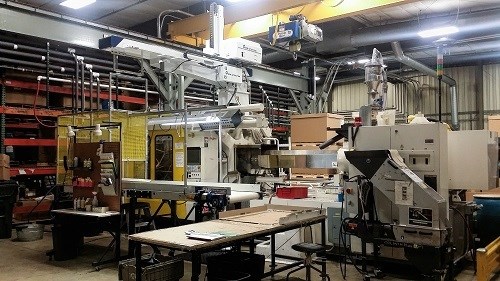A World Without Machine-Hour Rates?
We need your data to publish the latest survey of custom machine-hour rates.

I don’t know what that would be like … but I can imagine what would happen if Plastics Technology didn’t publish its exclusive, twice-yearly Custom Injection Molders’ Hourly Rates Survey.
It would mean there is no objective source of average machine-hour rates for presses of specific tonnage ranges in different regions of the country. Molders who have found that to be a unique source to benchmark their competitiveness would have no place to turn.
But that nightmare need not ever come true—if you help, now. We are eager to release our latest figures for machine-hour rates in the fourth quarter of 2014, but we need more data to make those figures reliable for you.
If you’re a custom molder, please take 5 minutes to fill out our online questionnaire form . (If you have any difficulty with the link, cut and paste this URL into your browser address bar:
The survey is anonymous, so it’s 100% confidential. We report the overall averages.
And if you’re not familiar with our Hourly Rates Survey, you can see the latest results (June 2014) here.
Thanks, and please contribute to this unique survey to see data on your industry that’s not available anywhere else.
Related Content
-
How to Design Three-Plate Molds, Part 1
There are many things to consider, and paying attention to the details can help avoid machine downtime and higher maintenance costs, and keep the customer happy.
-
Understanding the Effect of Pressure Losses on Injection Molded Parts
The compressibility of plastics as a class of materials means the pressure punched into the machine control and the pressure the melt experiences at the end of fill within the mold will be very different. What does this difference mean for process consistency and part quality?
-
A Systematic Approach to Process Development
The path to a no-baby-sitting injection molding process is paved with data and can be found by following certain steps.







